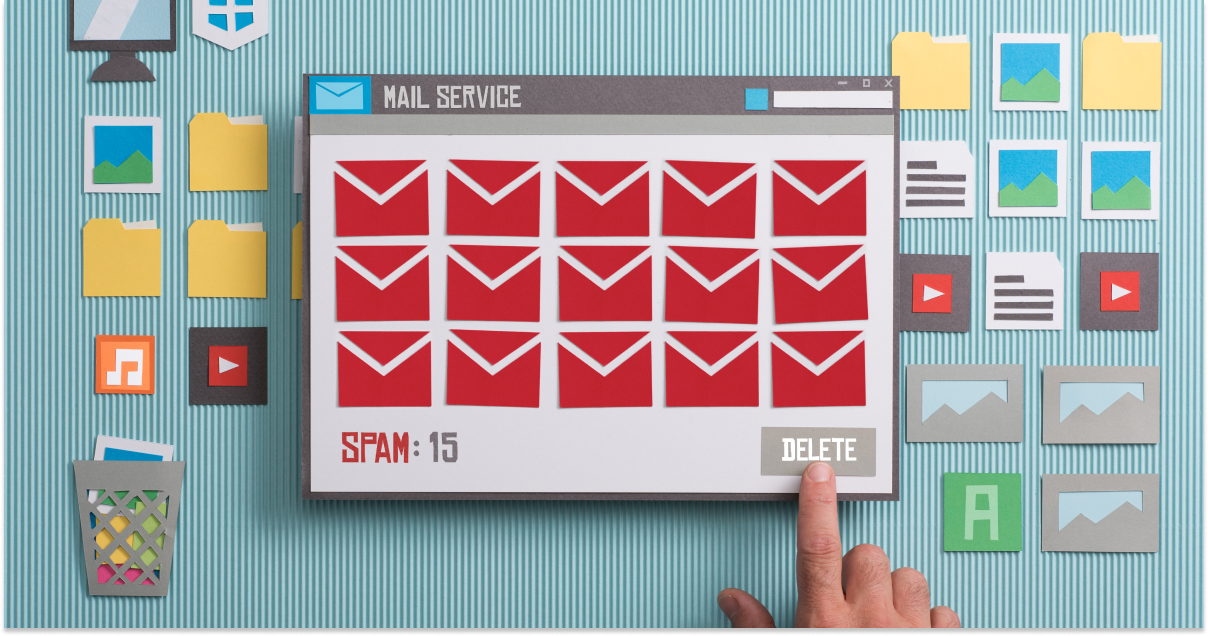As companies struggle with providing IT support across diverse locations, the ability to centralize and manage users access becomes the key to remote IT security.
User management involves the processes and technologies used to authenticate, authorize, and oversee user access to specific resources within an organization’s IT environment. This includes managing user identities, profiles, permissions, and the security of digital assets.
For businesses operating in the dynamic and often fragmented IT services industry, streamlining user control processes brings invaluable benefits for remote assistance and management.
Is user management important?
The significance of robust user management in a remote work setting cannot be overstated. For founders and leaders with a hybrid or remote workforce, understanding the perks of user management is crucial for several reasons:
- Security: With the increasing sophistication of cyber threats, managing who has access to what and ensuring that access is secure are vital components of a company’s cybersecurity strategy.
For example, implementing features like multi-factor authentication and single sign-on (SSO) can significantly reduce the risk of unauthorized access and data breaches.
- Efficiency: Proper user management streamlines the onboarding and offboarding processes, ensuring that employees have immediate access to the necessary tools and resources from day one and that access is promptly revoked when no longer needed. Automating user management tasks, such as account creation and access rights assignments, can further enhance your team’s operational efficiency.
- Compliance: Many industries are governed by strict regulatory requirements regarding data access and privacy. A centralized user management system helps ensure compliance with these regulations by providing clear audit trails and enforcing consistent access controls across the organization.
For instance, if your team handles data from EU citizens, your business is required to adhere to the General Data Protection Regulation which imposes strict rules on data privacy, user consent, personal data protection, and more. A user management system can help ensure GDPR compliance by providing mechanisms for managing user consent, data access permissions, and the right to be forgotten.
- User experience: In the digital workplace, the employee experience is heavily influenced by the ease with which they can access and utilize IT resources. A user-friendly management system that offers self-service options and seamless integration with essential applications can significantly improve satisfaction and productivity.
By understanding and leveraging these principles and strategies, organizations can ensure that your IT support infrastructure can become a strategic asset that drives your business’s growth and innovation.
The 4 core pillars of modern user management
Modern user management transcends traditional boundaries, adapting to the complexities of global, distributed, and highly mobile workforces. Central to this evolution are 4 principles that ensure security, efficiency, and scalability.

Centralized control and visibility
At the heart of effective user management is centralized control, enabling the control of user identities, access permissions, and security policies from a single point.
This unified approach not only simplifies administrative tasks but also enhances security by providing a clear, comprehensive view of all users across the organization.
Scalability and flexibility
As businesses grow and evolve, their user management systems must adapt to changing needs. Scalability ensures that the system can handle increasing users and more complex organizational structures without degradation in performance or user experience.
- Dynamic user groups: Modern user management systems allow for creating dynamic user groups based on attributes such as department, role, or location. This flexibility supports more granular and relevant access controls.
- Automated provisioning and de-provisioning: Automating the processes of adding new users and removing those who leave the organization or change roles ensures that access rights are always up-to-date, minimizing security risks.
Robust security measures
Security is a cornerstone of user management, with multiple layers of protection being essential to safeguard sensitive information and maintain regulatory compliance.
- Multi-Factor Authentication (MFA): MFA adds an extra layer of security by requiring users to provide two or more verification factors to gain access to resources, significantly reducing the risk of unauthorized access.
- Single Sign-On (SSO): SSO enables users to access multiple applications with one set of credentials, improving user experience while maintaining security through centralized authentication services.
User-centric design
User management systems must not only be powerful and secure but also user-friendly, ensuring that employees can access the tools and information they need without unnecessary friction.
- Self-service capabilities: Allowing users to perform certain tasks, such as resetting passwords or updating personal information, reduces the administrative burden on IT teams and empowers users.
- Intuitive interfaces: User-friendly interfaces and clear navigation enhance the user experience, encouraging adoption and compliance with IT policies.
5 advanced user management strategies
Role-based access control (RBAC)
RBAC is a foundational strategy in advanced user management, where access rights are assigned based on the roles within an organization rather than on individual user identities. This approach simplifies permissions administration, making it easier to manage users’ access to specific resources based on their job functions.
- Efficient permission allocation: RBAC reduces the complexity and potential errors associated with individual permission management by grouping permissions into roles.
- Enhanced security posture: Limiting access to resources based on roles minimizes the risk of unauthorized access, adhering to the principle of least privilege.
Attribute-based access control (ABAC)
Building on the concept of RBAC, ABAC provides even finer-grained control by considering multiple attributes, including user, resource, and environmental conditions. This dynamic approach allows for more nuanced and context-sensitive access decisions.
- Contextual access decisions: ABAC can evaluate multiple factors, such as location, time of day, and device security status, to make real-time access decisions.
- Adaptive security policies: The flexibility of ABAC supports the creation of policies that adapt to changing business needs and threat landscapes.
Just-in-time provisioning
Just-In-Time (JIT) provisioning represents a shift towards more agile and responsive user management. Instead of pre-provisioning accounts for all potential users, JIT provisioning creates user accounts and grants access on an as-needed basis at the moment of access.
- Reduced attack surface: By minimizing the number of permanently provisioned accounts, JIT provisioning reduces the potential attack surface for cyber threats.
- Operational efficiency: Automating the provisioning process based on real-time access requirements streamlines operations and enhances user experience.
Leveraging user management systems
To implement these advanced strategies effectively, leveraging comprehensive user management systems is crucial. These systems provide the tools and frameworks necessary to automate and enforce complex access policies.
- Centralized user management: A unified platform for managing user identities, access rights, and security policies ensures consistency and control across the organization.
- Integration with existing infrastructure: Effective user management systems seamlessly integrate with existing IT infrastructure, such as Active Directory and other central directory services, to leverage and enhance current capabilities.
Behavioral analytics and adaptive authentication
Leveraging behavioral analytics in user management involves analyzing user behavior patterns to detect anomalies indicating potential security threats. Adaptive authentication goes further by dynamically adjusting authentication requirements based on the risk level associated with a user’s behavior or access context.
- Anomaly detection: By monitoring user activities and comparing them to established behavior patterns, the system can identify unusual actions that might signify compromised accounts or insider threats.
- Context-sensitive authentication: Adaptive authentication measures the risk of a particular access attempt based on factors like user location, device used, and access time. Higher-risk situations may trigger additional authentication steps, enhancing security without burdening users with unnecessary hurdles during routine access.
Streamlining IT with advanced user management
Navigating the complexities of modern IT requires a strategic approach to user management, emphasizing security, efficiency, and adaptability. Through exploring advanced strategies such as RBAC, ABAC, JIT provisioning, federated identity management, and adaptive authentication, we’ve underscored their critical role in enhancing organizational security and operational agility. These strategies not only safeguard sensitive data but also facilitate a seamless, productive user experience in today’s distributed work environments.
Embracing the principles of effective user management, Esevel comprehensive IT platform offers tailored and top-of-the-line solutions that cater to the specific IT needs of remote businesses. Learn how Esevelcan transform your IT operations.






